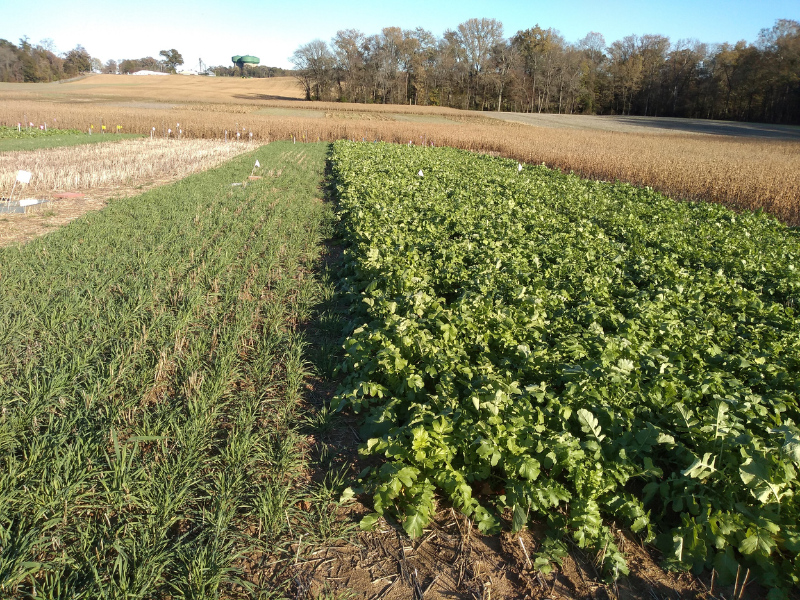Plant Science

For farmers and researchers, a field is often like a giant chemistry set. The timing and amounts of different fertilizers to supply nutrients can interact with each other, the soil, and crops.

Corn is a classic American crop. First cultivated in North America thousands of years ago, it now blankets American farmland from coast to coast. The U.S. grows more corn than any other country. And the grain is used for everything from tortilla chips to cow feed, to biofuel.

Hidden beneath the delicate, red skin and juicy flesh of a tomato is a wealth of nutrients and genetic makeup. With recent research on the first genome of a species in the tomatillo tribe (part of the tomato family), we now have a better idea of how this vital plant family came to be.

Considered to be the most widely consumed drink in the world, tea comes in many varieties. One of these includes honeybush tea, which is made from the leaves of the honeybush plant. It has a honey-like flavor and aroma. Although it is a less well-known variety than its more famous cousin – rooibos – honeybush tea is naturally low in sugar, caffeine-free, and has several other potential health benefits.

The Chesapeake Bay once produced tens of millions of bushels of oysters a year. Today, the oyster harvest is below one percent of these historic highs.

Lupin is a well-known garden flower, and is an important part of a healthy habitat. Lupin grows rapidly and puts nutrients back into the soil. (Lupin is commonly referred to as “lupine” for those familiar with this plant.)


Underneath the surface, plant roots are hard at work. Roots, of course, are how plants get water and minerals from the soil. But digging into how different root systems affect crop yields has been challenging for researchers.

Planting cover crops is a beneficial agricultural practice. One of their many benefits is to cover soil for times when farmers cannot plant cash crops like corn and soy – over the winter, for example. But it is not as simple as just growing cover crops in between growing seasons. Farmers have multiple decisions to make about optimizing cover crop production.



